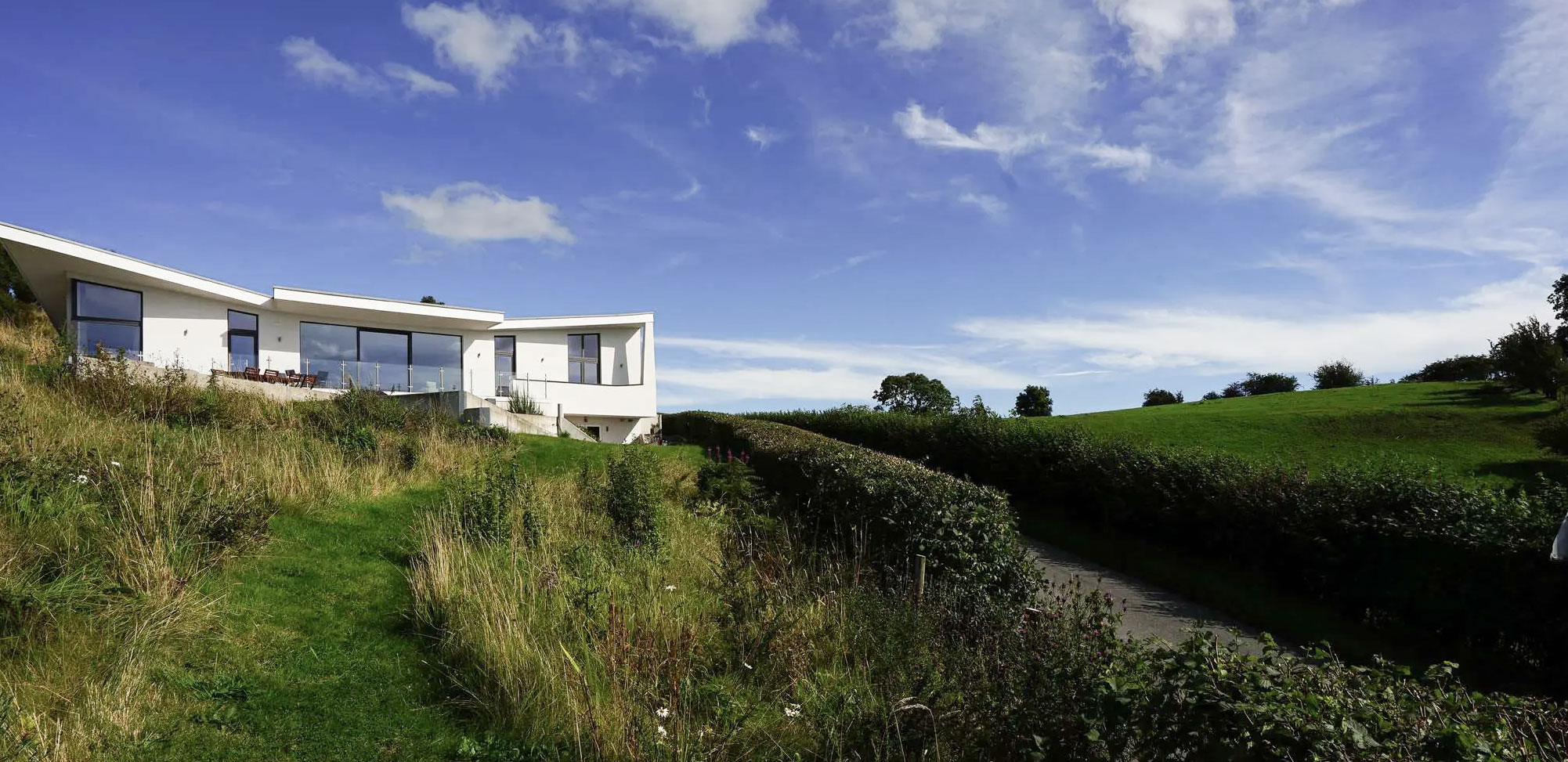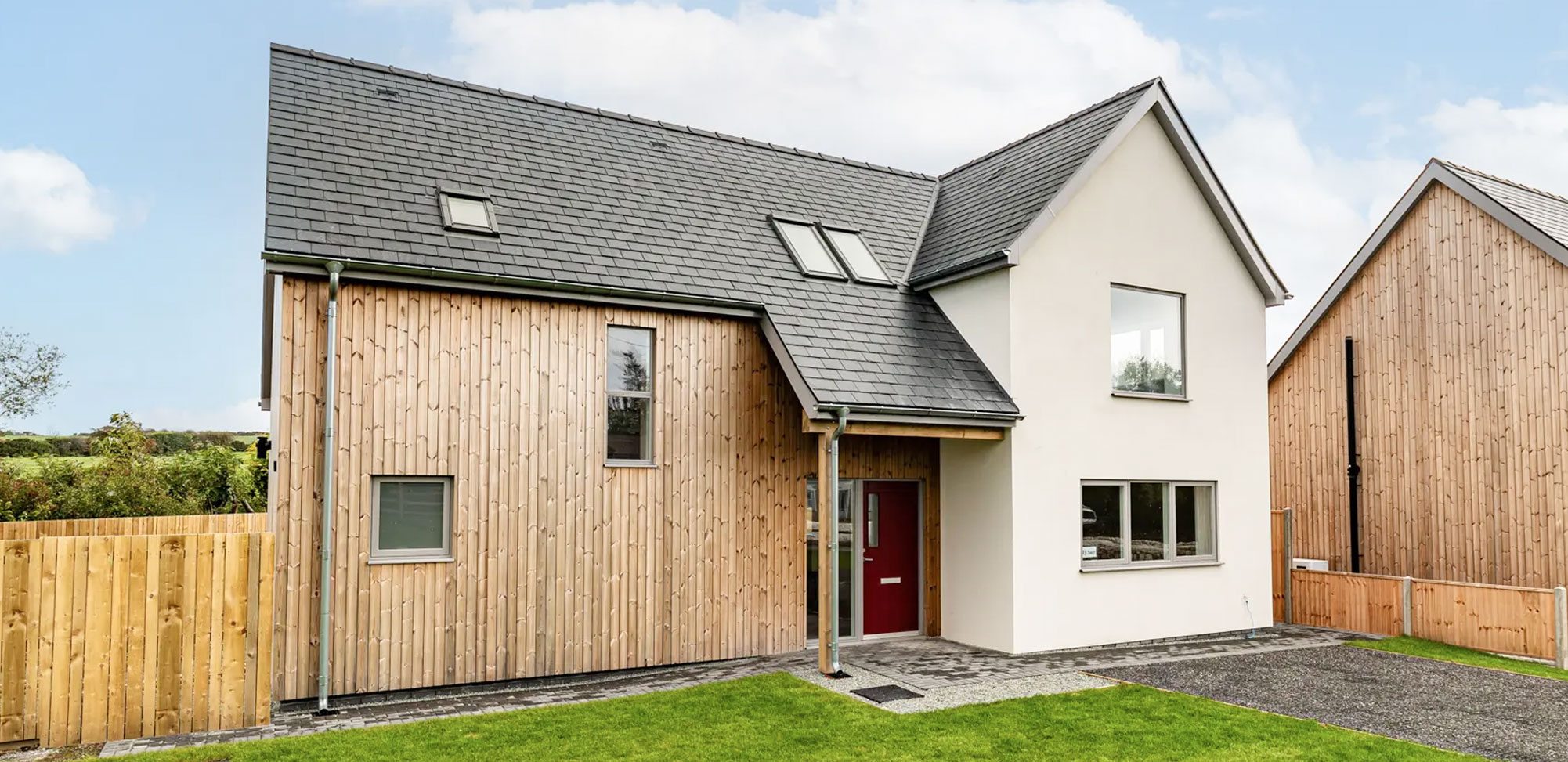What is Passivhaus?
Understanding Passivhaus: A Deep Dive into Energy Efficiency and Sustainable Design
Introduction:
In the realm of sustainable architecture and energy-efficient building standards, Passivhaus stands out as a beacon of innovation. Often compared to other environmental rating systems like the Code for Sustainable Homes and BREEAM, Passivhaus offers a distinct approach to achieving exceptional levels of energy efficiency. This blog post aims to unravel the intricacies of Passivhaus, its principles, and how it differentiates itself from broader sustainability assessments.

Passivhaus vs. Code for Sustainable Homes and BREEAM:
Passivhaus, the German term for "passive house," is a specific energy performance standard that focuses primarily on achieving outstanding levels of energy efficiency. In contrast, the Code for Sustainable Homes and BREEAM are overarching sustainability assessment ratings that address a broader spectrum of environmental issues. While Passivhaus hones in on energy performance, the other two standards consider various aspects, such as water usage, materials, and ecology.
Basic Principles of Passivhaus:
The Passivhaus standard shares some common principles with generic approaches to passive solar architecture but distinguishes itself through its ability to significantly reduce heating demand and primary energy consumption. This standard is not only a robust energy performance specification but also a holistic low-energy design concept applicable to various building types, including residential, commercial, industrial, and public structures.
The key principles of Passivhaus include:
-
Good Levels of Insulation with Minimal Thermal Bridges: Passivhaus emphasizes the use of high-quality insulation with minimal thermal bridges. This ensures that the building envelope is well-protected, reducing the need for additional heating or cooling.
-
Passive Solar Gains and Internal Heat Sources: Harnessing the power of passive solar energy is a crucial aspect of Passivhaus design. Strategic placement of windows and the utilization of internal heat sources contribute to minimizing the need for active heating systems.
-
Excellent Level of Airtightness: Airtightness is a cornerstone of Passivhaus construction. By minimizing air leakage, the building can maintain a stable and comfortable indoor environment, reducing the dependency on external heating or cooling.
-
Good Indoor Air Quality with Mechanical Ventilation: Passivhaus achieves optimal indoor air quality through a whole-house mechanical ventilation system equipped with highly efficient heat recovery. This system ensures a constant supply of fresh air while retaining the desired temperature within the building.

Conclusion:
In summary, Passivhaus is not merely a design concept but a specific and rigorous standard for achieving unparalleled energy efficiency in buildings. By understanding its basic principles and distinguishing it from broader sustainability assessments, one can appreciate the unique contribution Passivhaus makes to the realm of environmentally conscious architecture. Whether applied to residential or non-residential structures, Passivhaus serves as a testament to the possibilities of combining energy efficiency with holistic design principles.
